Peru's ancient treasures travel to UK for first time for major new British Museum exhibition
Miniature gold figure of a llama, Peru, Inca, about 1500. © 2021 The Trustees of the British Museum.
LONDON.- A landmark loan of ancient objects travelled from Peru to the British Museum for a major new exhibition on the ancient cultures of the South American country.
Over 40 remarkable objects – some dating from over 3,000 years ago – have come to the British Museum in London from nine museums across Peru. Most of them have never travelled to the UK before.
Chancay-Inca painted tunic, Peru, 1000-1470. © 2021 The Trustees of the British Museum.
They are on show alongside around 80 other pieces from the British Museum’s collection in Peru: a journey in time (11 November 2021 – 20 February 2022), a special exhibition exploring the thousands of years that humans have lived in the remarkable landscapes of the Andes mountains and beyond. It is the first major exhibition the British Museum has ever staged on Peru. It coincides with the 200th anniversary of the country’s independence and is supported by PROMPERU.
From the early culture of Chavin in 1200 BC, up to the fall of the Incas in AD 1532, the exhibition charts the rise and fall of six little known and yet extraordinary societies. Visitors will discover how people thrived in one of the most challenging and geographically diverse regions in the world, adapting to landscapes ranging from arid deserts along the Pacific coast, high mountains across the Andes and tropical forests in the Amazon in the east.
They are on show alongside around 80 other pieces from the British Museum’s collection in Peru: a journey in time (11 November 2021 – 20 February 2022), a special exhibition exploring the thousands of years that humans have lived in the remarkable landscapes of the Andes mountains and beyond. It is the first major exhibition the British Museum has ever staged on Peru. It coincides with the 200th anniversary of the country’s independence and is supported by PROMPERU.
From the early culture of Chavin in 1200 BC, up to the fall of the Incas in AD 1532, the exhibition charts the rise and fall of six little known and yet extraordinary societies. Visitors will discover how people thrived in one of the most challenging and geographically diverse regions in the world, adapting to landscapes ranging from arid deserts along the Pacific coast, high mountains across the Andes and tropical forests in the Amazon in the east.
Pottery vessel in the shape of a contorted body (1200–500 BC), Cupinisque, Peru. Size: 37cm x 14.3cm x 20.7cm. Museo de Arte de Lima. Photo: Daniel Giannoni
The oldest object on loan is a ceremonial vessel from the Cupisnique culture, which flourished along what is now Peru's northern Pacific coast, and is thought to date from up to 1200 BC. It is in the shape of a contorted human body, possibly representing someone born with a disease which causes symptoms such as loose joints and unusual flexibility, which was a revered ability in this culture.
Hartwig Fischer, Director of the British Museum, said: “A single step through the front doors of the British Museum is always the first step on a journey, and with this exhibition we invite visitors to travel through the history of one of the most captivating regions in the world. The scale of the generous loan of ancient objects from museums in Peru is unprecedented and a landmark opportunity to see them here in the UK. The fascinating range of material on display collectively challenges perceptions of how the world can be viewed and understood. We are grateful for the support of PROMPERU for making it all possible.”
Tasselled textile fragment with embroidered hummingbirds. Cotton and camelid fibres; early Nasca, 100 BC-AD 200. Size: 25cm x 229cm. © The Trustees of the British Museum.
The exhibition progresses chronologically through six sections and brings the past into the present. The first, Living Landscapes, explores the way Andean people have adapted to the difficult environment in the region. It shows how for Andean people, nature itself is a living being, sustaining all life and woven into shared belief systems where the natural and supernatural worlds are intimately connected. Visitors then discover Early cultures and the Chavin (1200–500 BC), before the following section looking at life and death in the desert and how the Paracas and Nasca peoples lived along the south coast of Peru, one of the most arid places on the planet.
The next step on the journey focuses on the Moche (AD 100–800) and the Chimu, (AD 1000–1400) who dominated along the coast and inland valleys of northern Peru. This is followed by a section looking at the two great empires of the highlands of the Central Andes, the Wari (AD 600–900) and Inca (AD 1400–1532). The exhibition’s journey ends with a look at the Andean legacy, and how Peru today reflects a combination of cultures, religions and transformations from the past 3,000 years.
Ceremonial drum depicting a mythical scene. Pottery; Nasca, 100 BC-AD 650. Size: 115cm x 78cm x 78cm. Private collection, on loan to the Museo de Arte de Lima. Photo: Daniel Giannoni.
Peru: a journey in time is organised with the Museo de Arte de Lima, Peru, one of the most important museums in the country. The other lenders from Peru are: Ministry of Culture of Peru; The Gartner Collection; Fundación Temple Radicati — Universidad Nacional Mayor de San Marcos; Complejo Arqueológico El Brujo | Fundación Augusto N. Wiese; Museo ‘Santiago Uceda Castillo’ — Proyecto Arqueológico Huacas de Moche, Peru; Museo Kuntur Wasi; MUSEO LARCO, LIMA, Peru; Museo Nacional de Arqueología, Antropología e Historia del Perú; Museo Textil Precolombino Amano - Lima-Perú.
Amora Carbajal, Executive President at PROMPERU, said: “As a promotion agency, PROMPERU’s goal is to foster the country’s culture and exciting and diverse tourism destinations. We are delighted to partner with such a renowned institution as the British Museum and bring together our countries through the exhibition Peru: a journey in time. We aim to continue developing this relationship and hopefully venturing into new partnerships with the Museum in the future.”
Painted pottery vessel in the form of a warrior (100–600), Moche, Peru. Photo: © 2021 The Trustees of the British Museum
Alberto Rebaza T, President of the Board of Trustees, Museo de Arte de Lima, Peru, said: “The exhibition Peru: a journey in time is a unique opportunity for the millions of people that visit the British Museum to get close to, through a fresh and modern look, the vast cultural richness of Perú, one of the cradles of world civilization, and to its millenary traditions and knowledge which are still alive throughout time."
Figure depicting a bound prisoner with a headdress and rope around his neck, from the Macabi Islands. Wood; Moche, AD 100-800. Size: 49.5cm x 24.6cm x 24.6cm. © 2021 The Trustees of the British Museum
Vessel depicting a human figure in a reed boat, Moche, Peru, AD 100-800. © Staatliche Museen zu Berlin, Ethnologisches Museum.
Ceremonial Wari shirt, Wari, Peru, AD 500-800, Staatliche Museen zu Berlin, Ethnologisches Museum. Photo by Claudia Obrocki.
Gold alloy headdress with elaborate feline heads, Peru, 800–550 BCE. Museo Kuntur Wasi.
Copper and shell funerary mask, Peru, Moche, 100–800. Museo de Arte de Lima, Peru. Donated by James Reid.
Vessel depicting a mythical scene with a deer on top, Peru, Moche, 100 AD to 800 AD. Photo: © 2021 The Trustees of the British Museum
Architectural model of a ceremonial palace in Chan Chan. Wood, resin, bone, semi-precious stones, clay; Chimú, AD1440-1665. Size: 40.5cm x 41cm x 48.5cm, Museo ‘Santiago Uceda Castillo’ – Proyecto Arqueológico Huacas de Moche, Peru.
Stirrup vessel in the form of a portrait head. Pottery; Moche, AD 100-800. Size: 18.9cm x 16cm. © The Trustees of the British Museum.
Vessel in the form of an anthromorphic deer shown as a captive warrior. Pottery; Moche, AD 100-800. Size: 24cm x 13.3cm x 21.8cm © The Trustees of the British Museum..

/https%3A%2F%2Fprofilepics.canalblog.com%2Fprofilepics%2F1%2F0%2F100183.jpg)
/https%3A%2F%2Fstorage.canalblog.com%2F03%2F02%2F119589%2F96711876_o.jpg)
/https%3A%2F%2Fstorage.canalblog.com%2F11%2F31%2F119589%2F94773502_o.jpg)
/https%3A%2F%2Fstorage.canalblog.com%2F20%2F83%2F119589%2F94772815_o.jpg)
/https%3A%2F%2Fstorage.canalblog.com%2F26%2F72%2F119589%2F75604929_o.jpg)
/https%3A%2F%2Fstorage.canalblog.com%2F59%2F60%2F119589%2F26458628_o.jpg)







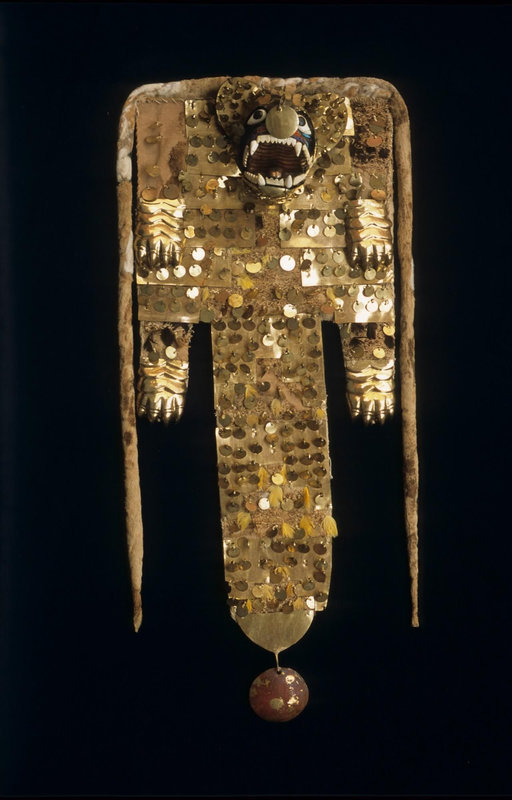




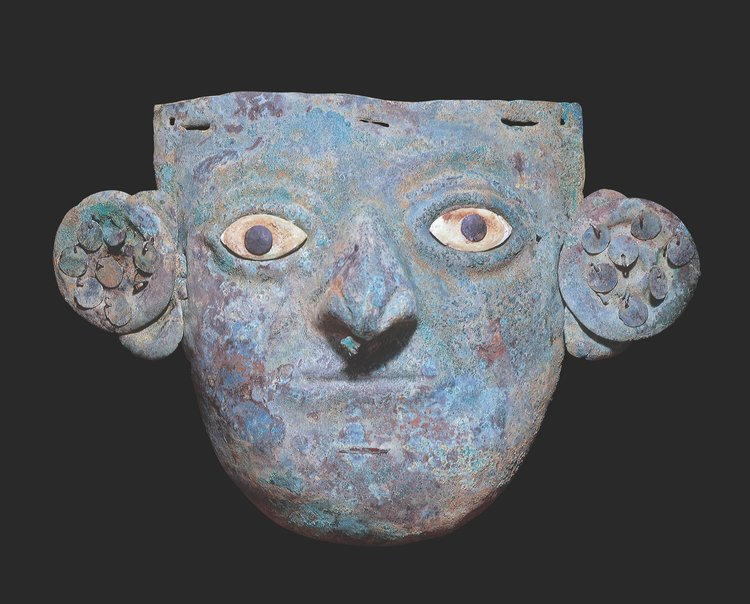
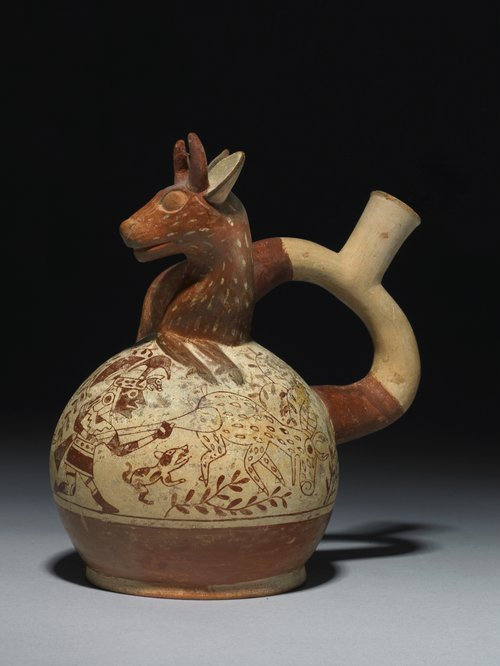
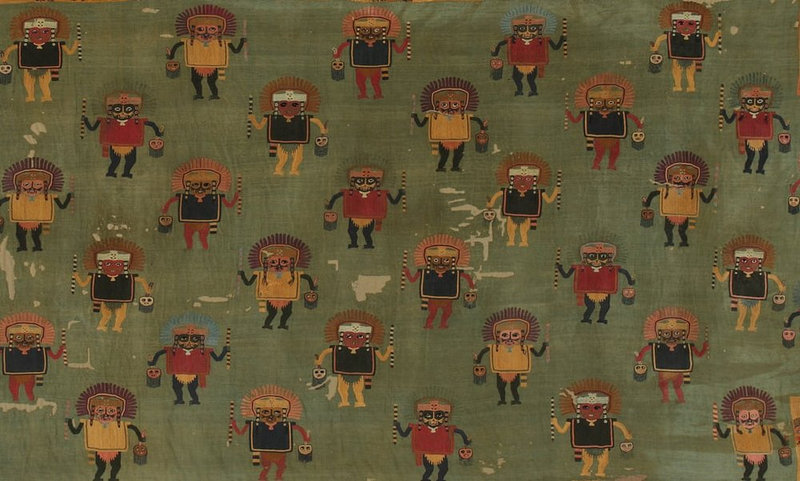



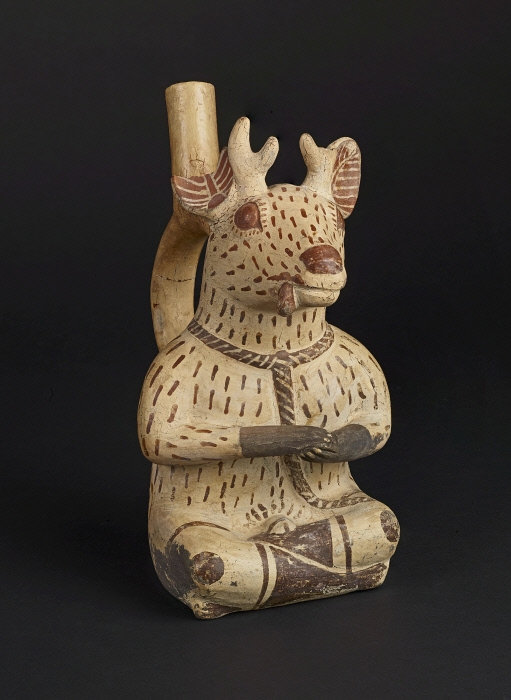


/http%3A%2F%2Fstorage.canalblog.com%2F05%2F28%2F119589%2F129193585_o.jpg)
/http%3A%2F%2Fstorage.canalblog.com%2F35%2F95%2F119589%2F111183743_o.jpg)
/http%3A%2F%2Fstorage.canalblog.com%2F90%2F50%2F119589%2F109775556_o.jpg)
/image%2F1371349%2F20240426%2Fob_9bd94f_440340918-1658263111610368-58180761217.jpg)